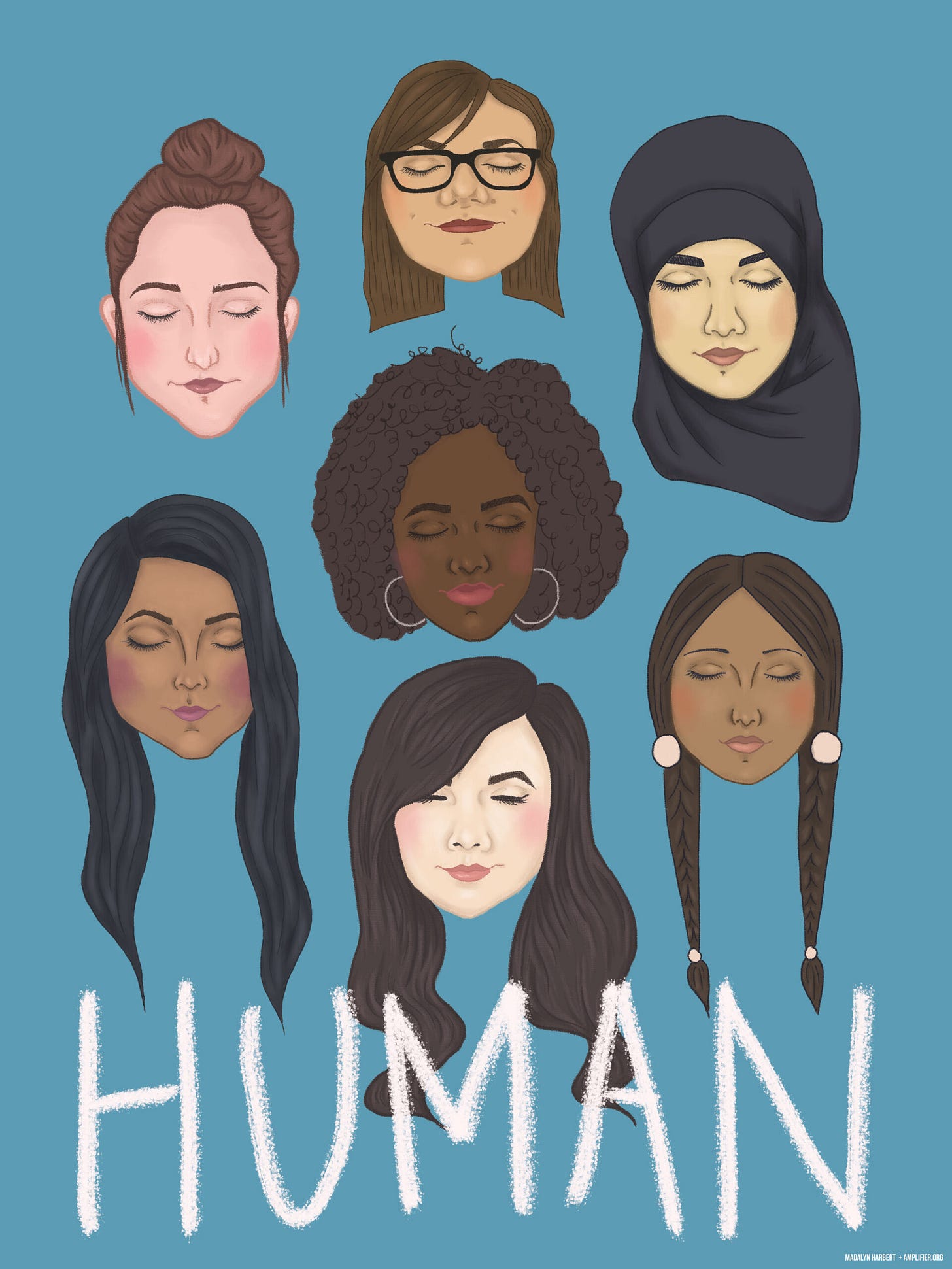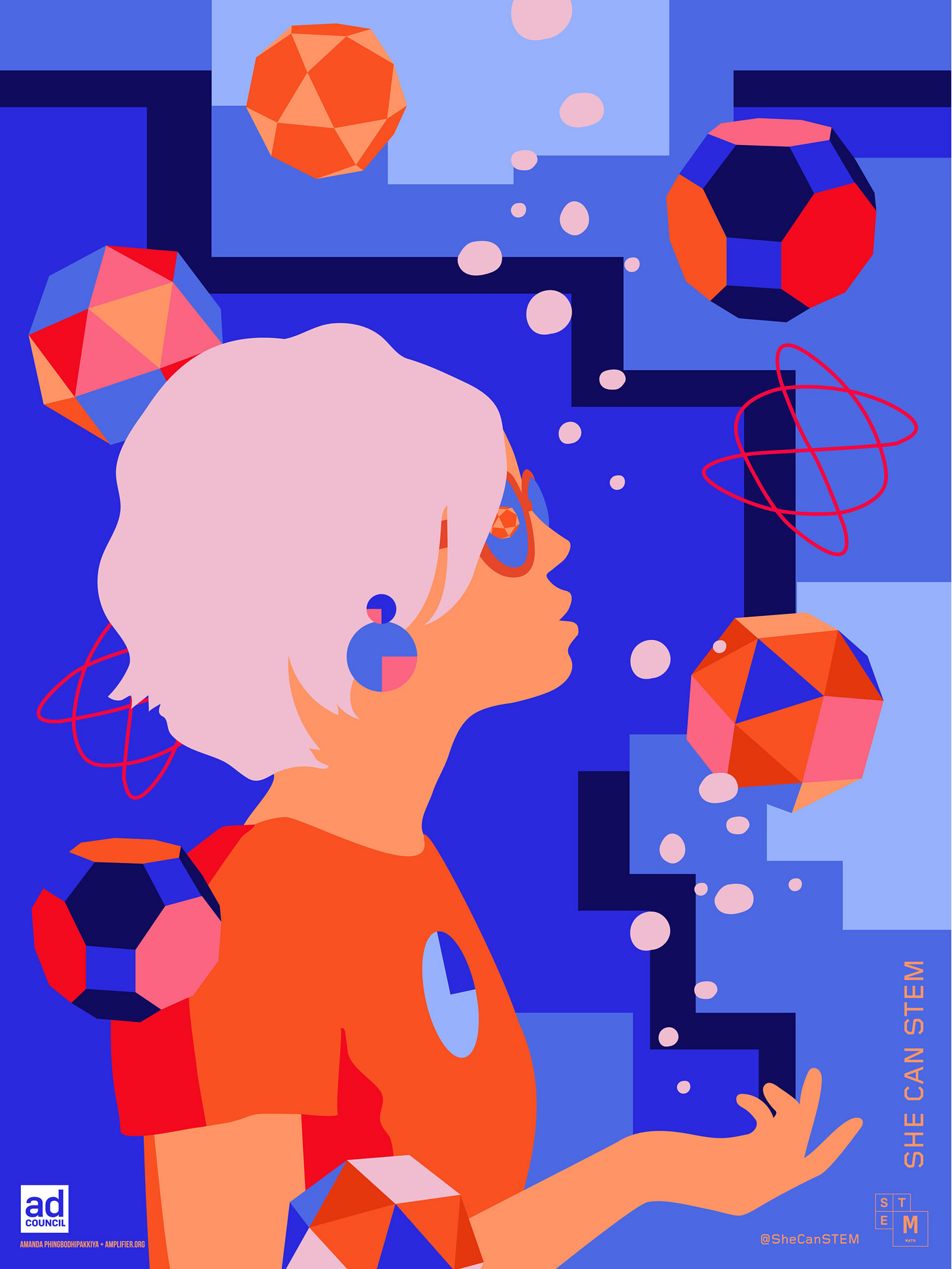Wired for Wonder: Connecting Students to Themselves
Building a Connected Classroom, Part 2
This is Part 2 in a series on building a connected classroom. Part 1 was shared in two essays: read the first here and the second here.
What if every time a student opened a laptop or tablet in your classroom, it made them feel a little bit more like themselves?
In a connected classroom, learning starts from within. When students feel seen, safe, and empowered to express who they are, they build the confidence to connect more deeply to their learning, their peers, and the world around them. Thoughtfully used, technology can help nurture that self-connection.
Our students, especially the youngest ones, are wired for wonder. They arrive curious, creative, and full of stories waiting to be told. With the right tools, we can help students discover who they are, how they learn, and what they have to say.
Technology for Identity and Belonging
Thoughtfully chosen digital experiences can help students connect with their identities and feel deeply seen. Dr. Gholdy Muhammad, author of Cultivating Genius, defines identity as the blend of who we are, how others see us, and who we hope to become. She reminds us that students need spaces in school to make sense of who they are — and who they are not. When classrooms affirm students’ evolving identities, they lay the foundation for deeper learning, creativity, and belonging.

Students also connect more deeply when they see themselves reflected in the curriculum. When I was teaching pregnant and parenting high school students in New Mexico, almost every text we studied and every writing assignment I gave connected to parenthood in some way. If I wanted students to write with energy and ownership, I had to give them a meaningful, relevant prompt like, “how did you decide on the right name for your baby?” or “describe the look on your mother’s face when you told her you were pregnant.” Their stories flowed naturally when they were invited to bring their real lives into the classroom.
Technology can make this kind of identity-centered expression even more accessible and expansive. Students can create podcasts with tools like Soundtrap or StoryMaker, author their own books with Book Creator, and record video journals with Padlet. Platforms like Digital Promise’s 360 Learning Lab invite students into experiential storytelling and immersive design, helping them share their stories in ways that are authentic and deeply personal.
Technology for Voice, Choice, and Agency
Helping students build a strong connection to themselves means giving them the time, space, and support to explore how they learn best. It doesn’t mean handing over control – it means creating environments where students have real choices and real ownership.
Blended learning models like those championed by educators like Catlin Tucker and Katie Novak offer a powerful way to do this. When combined with Universal Design for Learning (UDL), every student is invited to engage in a way that fits how they think, feel, and express themselves.
In a first-grade classroom, for example, students might rotate through three stations: one group watches a short video and records responses on a tablet, another reads a picture book with a peer and records questions in Flip, and a third works with the teacher. The tech doesn’t replace connection—it supports it. Each pathway supports students’ voices and offers a different mode of engagement.
When students have options in what they read, how they reflect, and how they respond, they begin to recognize what works for them. That’s metacognition. That’s self-connection.
Technology to Nurture Safety
When students feel seen, they feel safe enough to show up as their full selves. That includes their emotions, their languages, their cultures, and their identities.
Simple, intentional uses of technology can nurture this kind of safety. A daily mood check-in on FigJam invites students to name how they feel before they dive into learning. A read-aloud offered in multiple languages through Epic or Unite for Literacy shows that every home language matters. A Padlet video response recorded in English, Spanish, or both lets students share their ideas in the words that feel most natural to them. These small moments send a powerful, consistent message: You belong here. All of you.
The right educational technology doesn’t just deliver content — it helps students to discover who they are, how they learn, and what they care about. And that kind of deep connection lays the foundation for everything else we hope to build, both in the classroom and beyond.
In the next part of our Connected Classroom series, we’ll turn outward and explore how students build authentic connections with each other, and how classrooms become communities of belonging.




